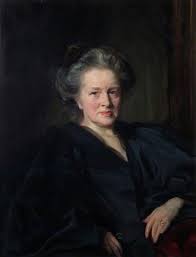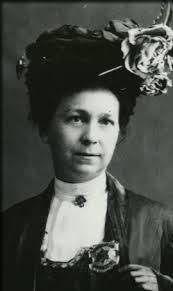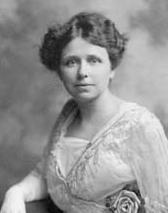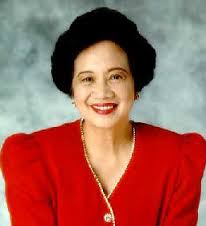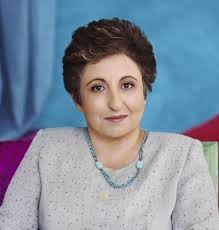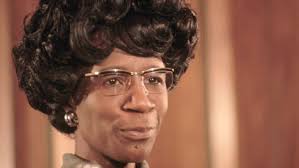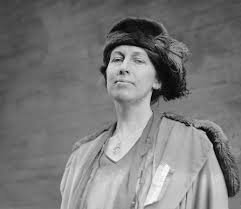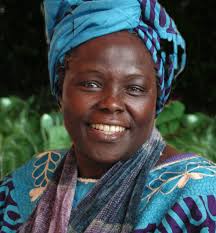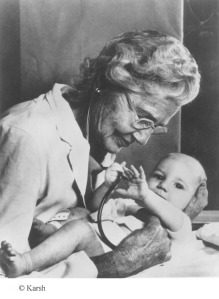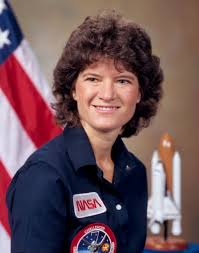
Sally Ride was an American astronaut and the first American woman in space. After studying physics in college and grad school, Sally was one of 8,000 people to apply to be part of the space program, and she became part of NASA in 1978. She worked as a ground-based capsule communicator for two different shuttle flights and was part of the team that engineered a robotic arm for the space shuttle. In 1983, Sally launched into the air aboard the Challenger and became the first American woman to make it into space. As part of the mission, her flight crew conducted pharmaceutical experiments and launched two communication satellites into orbit. While in space Sally operated the robotic arm she had helped construct for the first time and became the first person to retrieve a satellite. Sally made a second trip on the Challenger the next year, but the explosion of the space shuttle shifted her attention from launching back into space for a third trip. She was put in charge of investigating the accident, then went on to lead the first strategic planning efforts for NASA. She also founded NASA’s Office of Exploration, and later, after her official time with NASA was over, led the outreach programs ISS EarthKAM and GRAIL MoonKAM to encourage students to take an interest in astronomy. To encourage more girls to take an interest in science, she started the Sally Ride Science company and wrote seven books intended to spark an interest in science for children. Sally was subjected to a lot of criticism and speculation when she became a female astronaut, but she was entirely uninterested in the drama that surrounded her—she simply did the job she loved and let her excellent work prove all the critics wrong. By becoming the first American woman in space, Sally Ride proved to girls everywhere that they can do anything they can dream of, and she continued to support that idea through her programs and encouragement for girls long after her days as an astronaut were over.
Today, be inspired to…Have no limits on your dreams, not even the sky.
Photo credit: wikipedia
